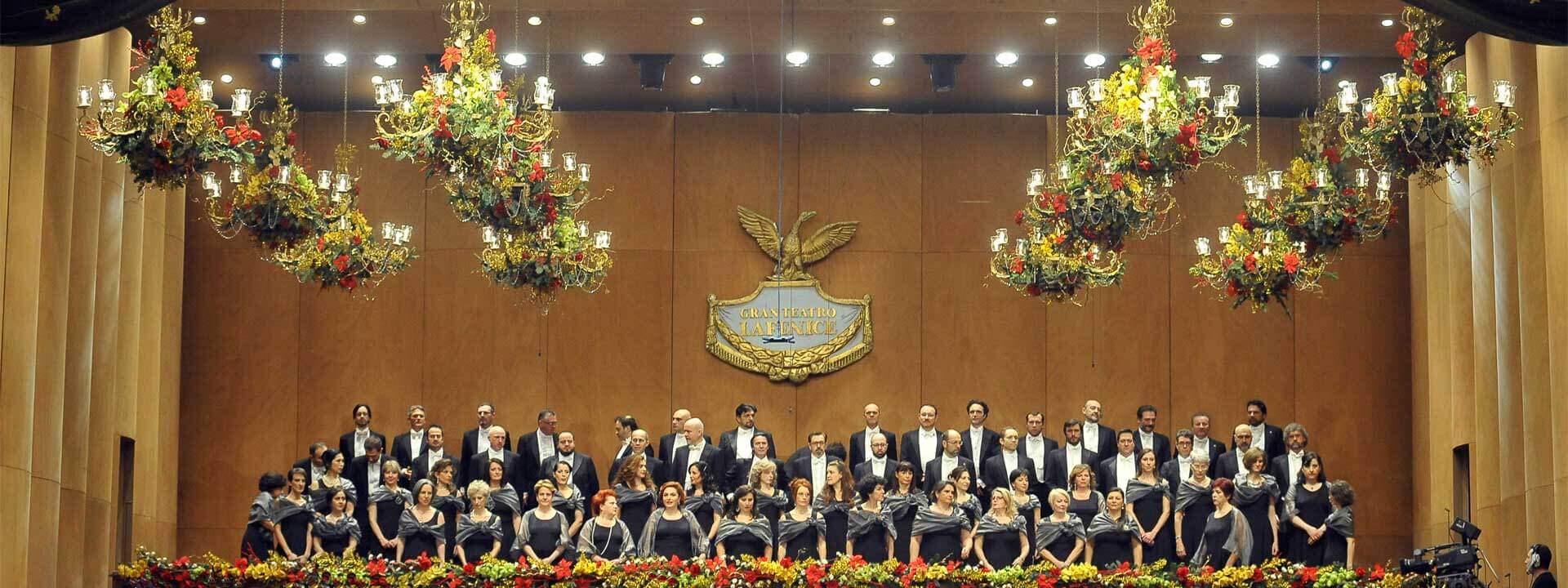
Carmina Burana is a manuscript of 254 poems and dramatic texts mostly from the 11th or 12th century, although some are from the 13th century. The pieces are mostly bawdy, irreverent, and satirical. They were written principally in Medieval Latin, a few in Middle High German, and old Arpitan. Some are macaronic, a mixture of Latin and German or French vernacular.
They were written by students and clergy when the Latin idiom was the lingua franca throughout Italy and western Europe for travelling scholars, universities, and theologians. Most of the poems and songs appear to be the work of Goliards, clergy (mostly students) who satirized the Catholic Church. The collection preserves the works of a number of poets, including Peter of Blois, Walter of Châtillon, and an anonymous poet referred to as the Archpoet.
The collection was found in 1803 in the Benedictine monastery of Benediktbeuern, Bavaria, and is now housed in the Bavarian State Library in Munich. It is considered to be the most important collection of Goliard and vagabond songs, along with the Carmina Cantabrigiensia.
The manuscripts reflect an international European movement, with songs originating from Occitania, France, England, Scotland, Aragon, Castile, and the Holy Roman Empire.
Twenty-four poems in Carmina Burana were set to music by Carl Orff in 1936. His composition quickly became popular and a staple piece of the classical music repertoire. The opening and closing movement “O Fortuna” has been used in numerous films.
PROGRAMME
LA FENICE OPERA HOUSE
Carl Orff
Carmina Burana
Cantiones profanae cantoribus et choris cantandae comitantibus instrumentis atque imaginibus magicis
Two piano and Choir version
Serena Bozzo soprano
Enrico Masiero tenor
Luca Ludovici baritone
La Fenice Choir
Kolbe Children’s Choir
Chorus Master Alessandro Toffolo
Maria Cristina Vavolo, Roberto Brandolisio pianos
Dimitri Fiorin, Barbara Tomasin, Paolo Bertoldo, Claudio Cavallini, Roger Catino, Cristiano Torresan percussions
The performance lasts about 1 hour 15 minutes without interval


